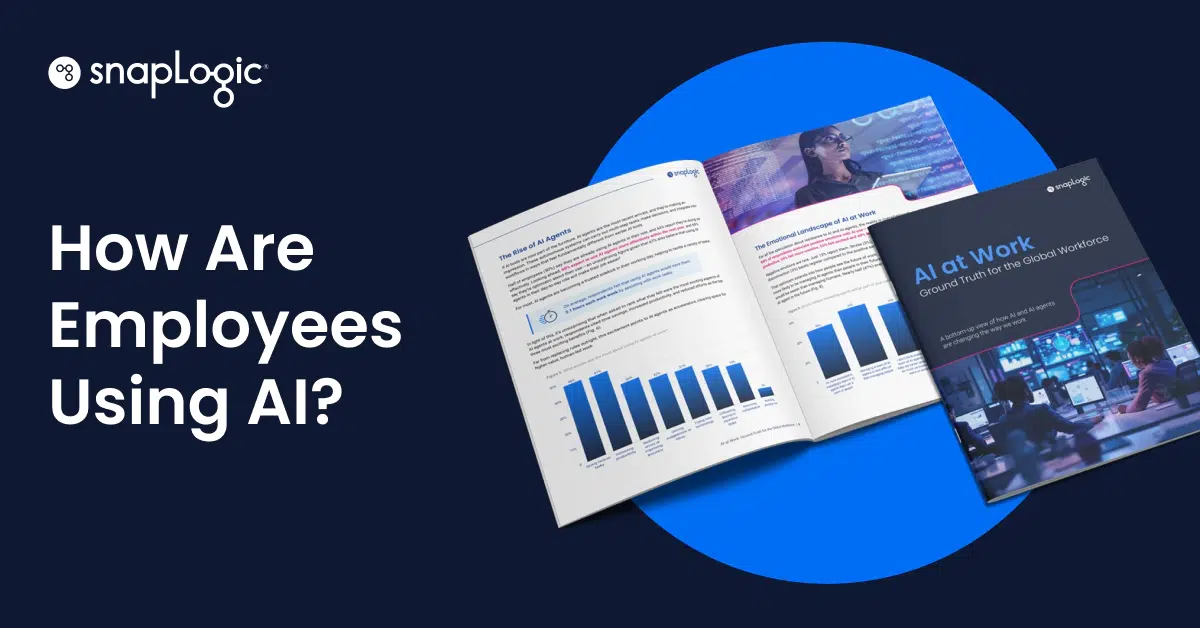Previously published on data-economy.com.
There are growing calls across the globe for more to be done to heed the impending threat of global warming. Repeated ‘Extinction Rebellion’ protests have gripped cities around the world and are the most recent example of people bringing attention to this issue. However, strategies to tackle environmental concerns have been slow to evolve while the speed of the impending crisis only intensifies – recycling remains the most common action taken by the everyday citizen to address the issue, and many technologies, such as solar panels, are too expensive to be adopted by the masses.
What, then, are the tools that the next generation will use in the fight against climate change?
A buzzword on the lips of every expert in every industry is artificial intelligence (AI). It is technology that is being applied liberally to a wide range of different applications, from entertainment to security. Governments, businesses, and now even individuals are able to harness this new power for their own means, but how can AI be applied in the battle against climate change?
Predicting the future
One of the main reasons that AI has been heralded as the next major technology advancement is thanks to the role it plays in predictive analytics. Through crunching enormous amounts of information generated by hundreds and thousands of data points, AI is able to augment, and even challenge human decision-making.
When it comes to the global issue of climate change, AI can play a key role in strengthening climate predictions, deciphering how to allocate renewable energy, and enabling smarter decision-making when it comes to energy sources.
By analyzing large quantities of data that is generated on a frequent basis from sensors, gauges, and monitors located all over the world, AI can spot patterns quickly and automatically, painting a very accurate picture for scientists as to how our planet is changing.
It has taken decades of human-led research to identify climate change, confirm it is actually taking place, and research what is impacting it, which has slowed down our response. AI has the ability to analyze vast data points, and therefore more ecological variables, far beyond what that any human is capable of – without it, crucial patterns may be missed.
But by utilizing AI, we can be armed with a highly accurate view of the current state of the planet, triggering swift action and the more effective development of climate models to inform decision-makers.
For example, with AI and machine learning-based algorithms that identify tropical cyclones, hurricanes, and other weather conditions, the potential for damage could be reduced. Early warnings and more accurate predictions of strength and timing can allow a rapid response by those in affected areas, and in some cases, could literally save lives.
However, with AI comes, the question of transparency – the process of explaining how a decision has been made is arguably as important as the outcome itself.
Until transparency is available for every single decision made by AI, researchers and scientists leading the fight against global warming may be cautious to back any AI-led or AI-recommended decision.
If AI is being used in regard to climate change, the humans that are involved must have complete awareness of how AI has reached the decision, in order to be able to support it. To ensure complete awareness, decision-makers need to have the full picture available to them in order to make accurate conclusions.
If they are only able to access data from Europe, rather than globally, for example, the decisions made may not be correct. The large volumes of data that are used by AI tools must be gathered, integrated, and analyzed accordingly in order for decision-makers to have all of the information needed to make the right call.
To achieve this, the ‘explainable AI movement’ is working towards ensuring complete visibility around machine learning techniques, enabling scientists to delineate the causes of climate catastrophes while fostering public trust and confidence.
Hungry for energy
Like with many era-defining technologies, AI has the power to contribute to human progress to the same degree that it may hinder and cause problems.
Gary Dickerson, CEO of Applied Materials, recently stated at a conference in San Francisco that by 2025, data centers would account for 25% of the world’s energy usage. They currently soak up under 2%, but without substantial innovation in materials, design, and chip manufacturing, their electricity usage will skyrocket.
Gary’s reasoning behind this claim was that the proliferation of energy-hungry AI chips, that need to be fed with massive amounts of data, will cause power to be consumed faster than ever before. But as Google’s recent announcement on its quantum technology demonstrates, a quantum machine could drive big advances in AI and provide opportunities to get around this issue.
So, are AI and ML foes in the battle against climate change? As previously mentioned, this new technology has a very broad range of applications, including being able to reduce its own inefficiencies and environmental costs.
Google’s data center cooling bill was reduced thanks to a DeepMind AI project which resulted in a 40% reduction in total energy usage, not only helping Google to improve energy efficiency and reduce overall emissions but also other companies who run on Google’s cloud.
DeepMind and Google’s data center team worked together to create an efficient framework to better understand the dynamics of the data center and enhance efficiency.
To do this, they analyzed historical data that had already been collected by sensors within the data center and used it to train deep neural networks on the average future Power Usage Effectiveness (PUE).
They used the networks to predict future temperatures and pressures of the site, simulating the recommended actions from the PUE model to ensure the data center was running as efficiently as possible.
This was incredibly successful, as the ML system consistently achieved a 40% reduction in total energy usage, the lowest PUE the data center had ever seen.
A global effort
Climate change is a huge problem that will affect all areas of the world and those living in them. It is incredibly complex and a combination of human and artificial knowledge will need to be applied to tackle it effectively. Technology alone will not be enough.
From predicting extreme weather events to monitoring for deforestation, the potential uses of AI are incredibly vast and will be very much welcomed by researchers and scientists that are on the front line. But, what we must remember is that AI is still developing.
There are still concerns around trust, transparency, and visibility that must be addressed in order for AI to reach its full potential.
Climate change is a global issue, and governments and citizens alike must come together to slow it down. Whether that is by using AI to monitor for wasted energy, or from humans walking more instead of driving, every little bit helps in the very real challenge of saving the planet.









